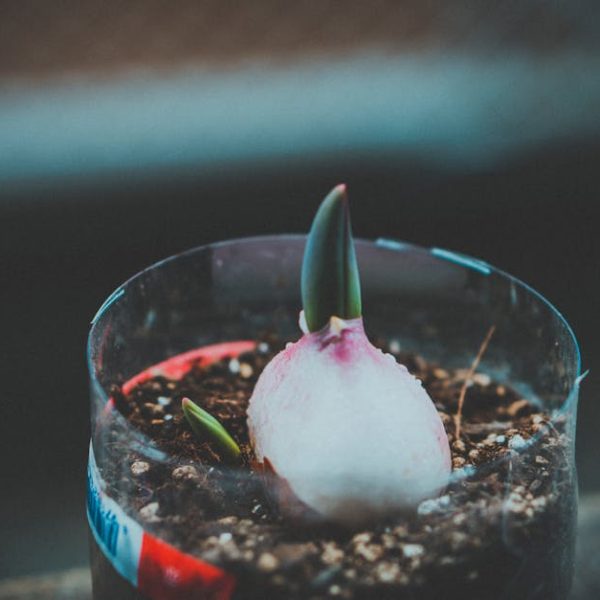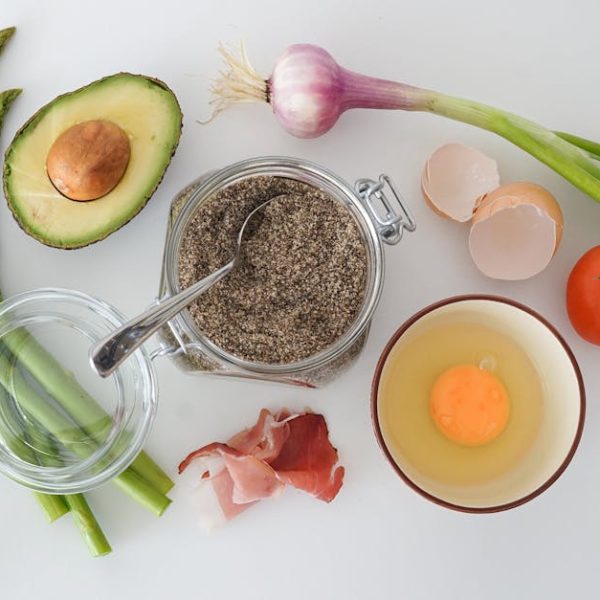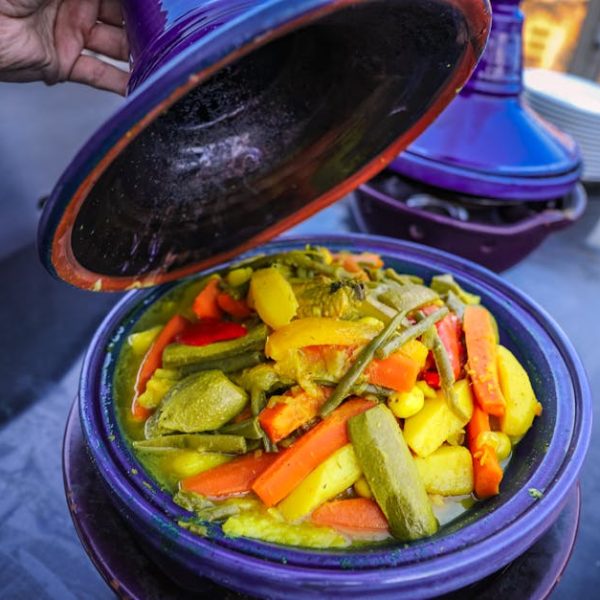You might be wondering how best to keep your abundance of green beans. Thankfully, there are several practical methods for preserving green beans successfully. These methods not only ensure you have this versatile vegetable available year-round, but also maintain much of the nutritional benefits these tiny gems have to offer. We’ll be covering the four most common methods of preservation: canning, freezing, drying/dehydrating, and pickling.
Understanding the Basics of Preserving Green Beans
Green beans are an excellent vegetable to preserve due to their robust nature and flexibility. What’s more, preserving these nutritious beans helps retain their vitamin C, fiber, and potent antioxidants.
Pro Tip: Even though preservation methods generally involve heat and storage, a well-preserved bean can still offer significant nutritional value almost on par with its fresh counterpart.
Best Practice: Start with quality to end with quality. Choose green beans that are crisp, brightly colored, and devoid of brown spots or bruising. The fresher the bean, the better the preservation results.
Method 1: Canning Green Beans
Canning may seem a little old-fashioned, but it remains an effective way to preserve green beans. The process involves using heat to kill bacteria, yeasts, and molds that might cause food to spoil. This method also deactivates enzymes that contribute to both flavor and color loss.
Here’s a quick checklist of essential tools for canning green beans:
- Pressure canner or boiling water canner
- Quart or pint jars with lids and bands
- Fresh green beans
- Jar lifter
- Salt (optional)
Comparison: Pressure canners and boiling-water bath canners both suit the job, but pressure canners boast an extra layer of safety. They heat jars to a higher temperature, effectively killing more bacteria and keeping your preserved beans safer for longer.
Method 2: Freezing Green Beans
Freezing is perhaps the easiest method for preserving green beans, and it does a fantastic job of retaining the beans’ natural flavor and color. The process involves briefly cooking the beans in boiling water (blanching), before rapidly cooling them in icy water to halt the cooking.
Best Practice: Thoroughly rinse your beans before blanching and trim the ends. Frozen beans can be stored in the freezer for up to a year without losing their quality.
Pros and Cons: Freezing is a quick and easy preservation method that keeps the taste, texture, and nutrients of your fresh beans intact. However, freezer space can be a limiting factor; plus, power outages could jeopardize your preserved bounty.
This concludes part one of our guide on how to preserve green beans. So far, we’ve covered canning and freezing, each with their merits. In the next parts, we will be discussing the other two methods – drying/dehydrating and pickling.
Method 3: Drying and Dehydrating Green Beans
Drying or dehydrating green beans is a unique yet effective way to preserve them. This method not only extends their shelf life but also condenses the beans’ size and weight, making them perfect for camping or hiking trips.
There are a few ways to dehydrate green beans, with common methods including using a food dehydrator, an oven, or air-drying.
Pro Tip: Don’t toss out those dried beans! They can be easily rehydrated by soaking them in water before using them in soups, stews, or stir-fries.
Tools Comparison: While all three methods are effective in dehydrating green beans, a food dehydrator is the most energy-efficient and easiest to use. Oven drying comes second, but it requires close monitoring. Lastly, air drying is the most time-consuming method but proudly stands as the most natural way since it doesn’t use any electricity.
Method 4: Pickling Green Beans
If you fancy a little tang in your vegetables, pickling green beans might be your best bet! Pickling is a preservation method that complements the natural sweetness of green beans with a sour crunch. This method involves soaking green beans in a vinegar brine along with your choice of seasonings.
Here’s a quick checklist of what you would typically need to pickle green beans:
- Fresh green beans
- Vinegar (white, apple cider, or other)
- Water
- Salt
- Sugar (optional)
- Garlic cloves
- Dill seeds
- Red pepper flakes (optional)
- Mason jars with two-part lids
Versus: Pickled green beans offer a unique, vinegary taste compared to canned, frozen, or dried beans. They are fantastic as snacks, in salads, or as a dinner-side pickle. However, the taste might not be preferable for everyone, and they might not work as a substitute in recipes calling for fresh green beans.
In conclusion, preserving green beans using any of these methods will add variety to your meals and ensure you have this healthy vegetable on hand. Each preservation method has its own benefits and the one you choose really depends on your preference and needs. Happy preserving!
Key Takeaway:
- Green beans are great for preservation due to their robust nature and nutritional value.
- Canning, freezing, dehydrating, and pickling are effective methods for preserving green beans.
- Each method has unique benefits; canning for safety and longevity, freezing for ease and taste preservation, dehydrating for space-efficiency and portability, and pickling for a tangy flavor twist.
- Using high-quality fresh green beans and following proper preservation techniques will yield the best results.
Beyond having green beans readily available in your kitchen year-round, preserving them also offers an opportunity to control what goes into your food. It’s an art form that can be both enjoyable and rewarding. The fresher the beans, the better the preservation results. Having a variety of preserved green beans at your disposal will give your meals more options and flavor profiles. So, get preserving and enjoy the wholesome goodness of green beans whenever and however you like.
FAQs
Q: What is the shelf-life of preserved green beans?
A: Depending on the preservation method, stored properly, green beans can last from several months to a year or more without losing quality.
Q: Can I mix the preservation methods for more variety of green beans?
A: Absolutely! Each method can yield a different flavor and texture, so feel free to do a mixture of the methods.
Q: Is there a specific variety of green beans that is best for preservation?
A: Most green bean varieties are suitable for preservation. However, for best results, opt for fresh and high-quality beans that are bright in color, crisp in texture, and free from blemishes.
Q: Are there specific preservation methods that retain more nutritional value than others?
A: All methods retain a good amount of nutrients, though it’s believed that freezing might preserve a bit more nutritional value due to the quick blanching and rapid freezing which effectively locks in the nutrients.
Q: How do I know if my preserved green beans have gone bad?
A: Signs include off smells, mold, or if the container is leaking, bulging, or damaged. If you’re ever in doubt, it’s safer to discard the item.
Don’t hesitate to share this article with friends and family who might find it useful and feel free to explore other posts on our website for more insightful information.






